Casino slot Thunder crash gambling game is a high-stakes, adrenaline-pumping casino game that will take your breath away. Take control of a fighter jet and ascend into the sky, racking up multipliers as you go. The higher you fly, the bigger your wins! But be careful, if you crash, you’ll lose everything.
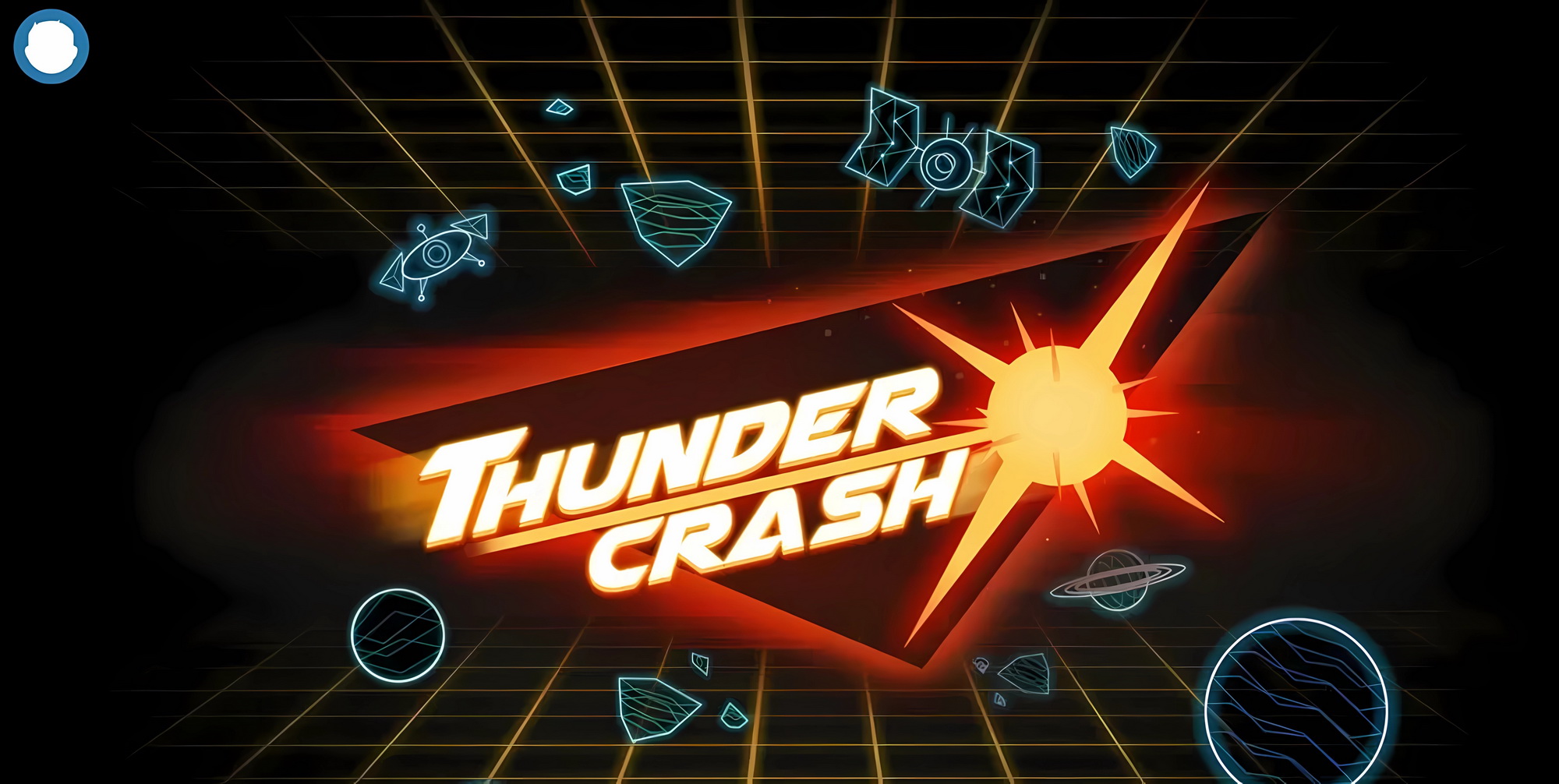
Thunder Crash games reviews
ThunderCrash Review
| Feature | Details |
| Name | ThunderCrash |
| Genre | Casino |
| Gameplay | Bet on a fighter jet that ascends into the sky. The higher the jet flies, the bigger the multiplier becomes. If the jet crashes, players lose their bet. |
| Platforms | Mobile, desktop |
| Price | Free to play |
| Features | 20 different avatars, customizable bet amount and cash-out values, social gameplay |
Pros and cons
Here are some of the pros and cons of ThunderCrash:
Pros
- Simple gameplay: ThunderCrash is a very simple game to play. Players simply bet on a fighter jet and hope that it doesn’t crash.
- High payouts: The potential payouts in ThunderCrash are very high. Players can win multipliers of up to 100x their bet.
- Variety of features: ThunderCrash offers a variety of features that players can use to customize their gameplay. Players can choose from 20 different avatars, set their own bet amount and cash-out values, and compete against their friends or other players from around the world.
- Provably fair: ThunderCrash is a provably fair game, which means that the results of each round are truly random. This means that players can be confident that they are not being cheated.
Cons
- Gambling risk: ThunderCrash is a gambling game, and as such, there is always the risk of losing money. Players should only bet money that they can afford to lose.
- Addiction: Gambling can be addictive, and players should be aware of the risks before they start playing. If you are concerned about your gambling habits, there are resources available to help you.
- Lack of skill: ThunderCrash is a game of chance, and there is no guaranteed way to win. Players should not expect to win every round.
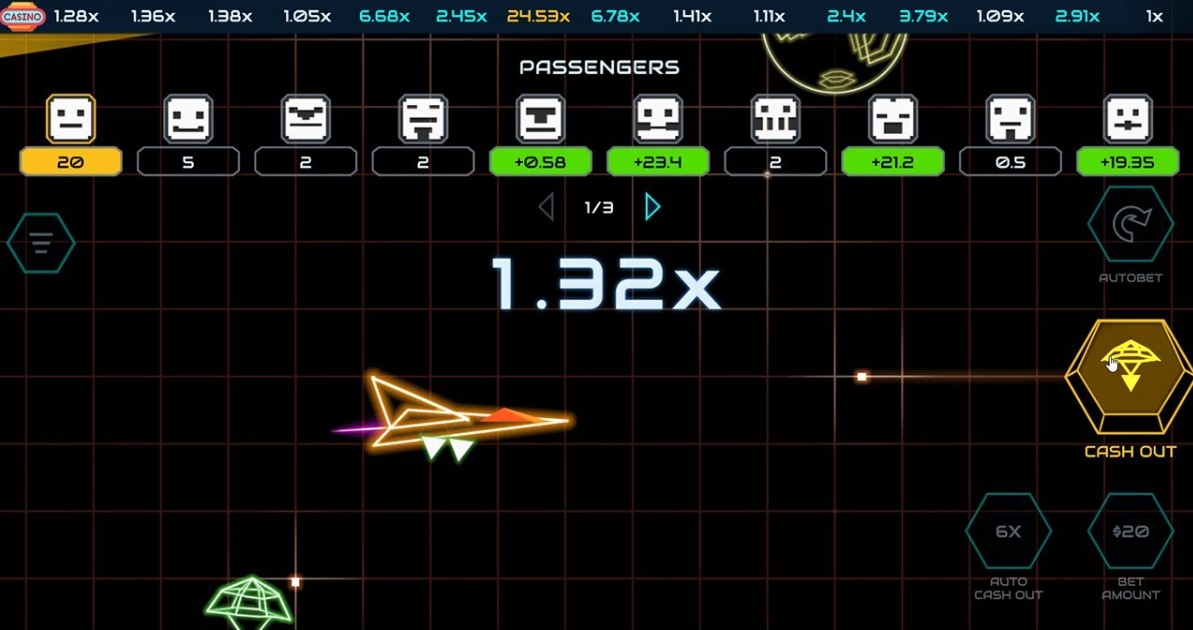
ThunderCrash bet game
Game features
Here are some of the game features of ThunderCrash:
- Simple gameplay: ThunderCrash is a very simple game to play. Players simply bet on a fighter jet and hope that it doesn’t crash.
- High payouts: The potential payouts in ThunderCrash are very high. Players can win multipliers of up to 100x their bet.
- Variety of features: ThunderCrash offers a variety of features that players can use to customize their gameplay. Players can choose from 20 different avatars, set their own bet amount and cash-out values, and compete against their friends or other players from around the world.
- Provably fair: ThunderCrash is a provably fair game, which means that the results of each round are truly random. This means that players can be confident that they are not being cheated.
Here are some additional features of ThunderCrash:
- Autoplay: Players can set the game to autoplay, which will automatically bet for them.
- Multiplier: The multiplier increases as the fighter jet flies higher. The higher the fighter jet flies, the bigger the payout will be if it doesn’t crash.
- Cash out: Players can cash out their winnings at any time before the fighter jet crashes.
- Social: Players can compete against their friends or other players from around the world.
Best casinos to play Thundercrash game for real money
Here are some of the best casinos to play Thundercrash for real money:
- Bovada
- Ignition Casino
- BetOnline
- Sportsbet.io
- Cloudbet
These casinos are all licensed and regulated by reputable gaming authorities, and they offer a variety of other games in addition to Thundercrash. When choosing an online casino, it is important to consider the factors mentioned above, such as reputation, license, games, payment methods, and customer support.
When choosing an online casino to play Thundercrash for real money, it is important to consider the following factors:
- Reputation: Choose a casino with a good reputation and a history of fair play.
- License: Make sure the casino is licensed and regulated by a reputable gaming authority.
- Games: Make sure the casino offers Thundercrash and other games that you are interested in playing.
- Payment methods: Choose a casino that accepts your preferred payment methods.
- Customer support: Make sure the casino offers reliable customer support in case you have any problems.
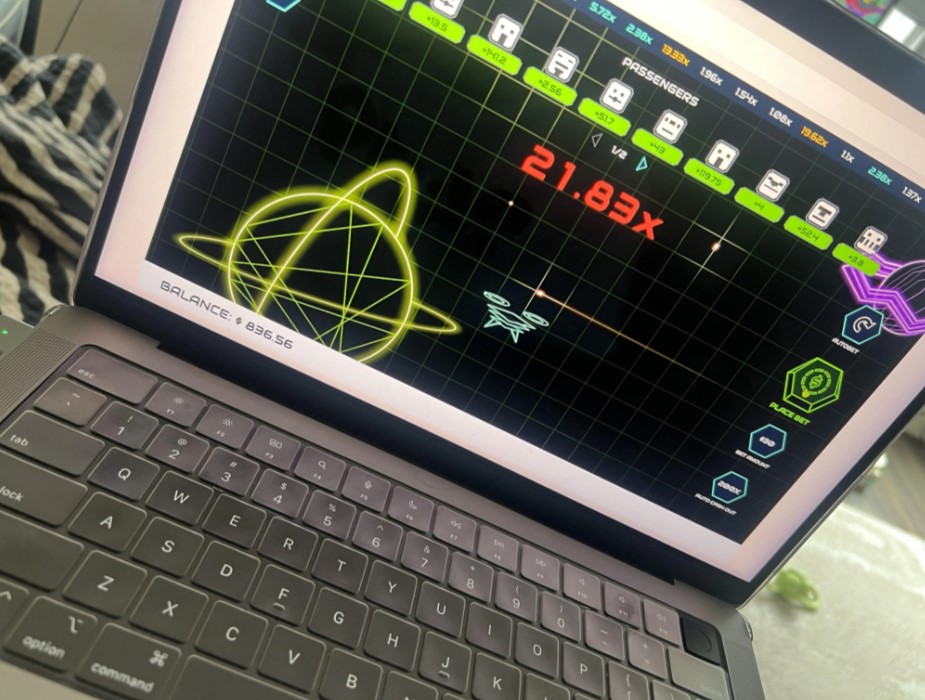
Thunder Crash bet game demo
What is Thunder Crash casino game?
ThunderCrash is a casino game that is based on the «crash» genre. In ThunderCrash, players bet on a fighter jet that ascends into the sky. The higher the jet flies, the bigger the multiplier becomes. If the jet crashes, players lose their bet. If the jet reaches a certain multiplier without crashing, players win the corresponding payout.
How to bet and play thundercrash slot?
Here are the basic steps on how to play ThunderCrash:
- Choose your bet amount.
- Place your bet on the fighter jet.
- Watch the fighter jet ascend into the sky.
- Cash out your winnings before the fighter jet crashes.
If the fighter jet crashes before you cash out, you will lose your bet. However, if the fighter jet reaches a high multiplier before crashing, you can win a big payout.
ThunderCrash is a simple yet exciting game that offers the potential for high payouts. However, it is important to remember that gambling is a risky activity and there is always the possibility of losing money.
Tips and Tricks for Playing
Here are some tips for playing ThunderCrash:
- Start with a small bet: When you are first starting out, it is a good idea to start with a small bet. This will help you to minimize your losses if the fighter jet crashes early on.
- Set a budget: Before you start playing, it is important to set a budget for yourself. This will help you to avoid overspending and losing more money than you can afford.
- Cash out your winnings: If you are winning, it is a good idea to cash out your winnings regularly. This will help you to lock in your profits and avoid losing them if the fighter jet crashes.
- Don’t chase your losses: If you lose a bet, it is important to not chase your losses. This means betting more money in an attempt to win back your losses. Chasing your losses is a common mistake that many gamblers make, and it can often lead to even bigger losses.

ThunderCrash game mega win
Mobile app for Thunder Crash
As of now, there is no official mobile app for ThunderCrash. However, there are a few third-party mobile apps that offer ThunderCrash. These apps are not affiliated with the developer of ThunderCrash, and it is important to do your research before downloading any third-party app.
Here are a few third-party mobile apps that offer ThunderCrash:
- ThunderCrash Casino: This app is available for both Android and iOS devices. It offers a variety of other casino games in addition to ThunderCrash.
- Fast Crash: This app is only available for Android devices. It offers a variety of crash games, including ThunderCrash.
- Crash: This app is only available for iOS devices. It offers a variety of crash games, including ThunderCrash.
It is important to note that these third-party mobile apps may not be as secure or reliable as the official ThunderCrash app. If you are considering downloading a third-party app, it is important to do your research and read the reviews before downloading.
Bonuses in ThunderCrash Casino
There are no bonuses specifically for ThunderCrash in most casinos. However, many casinos offer general welcome bonuses that can be used on any game, including ThunderCrash. These bonuses typically come in the form of a deposit match bonus, a free spins bonus, or a no deposit bonus.
Here are some examples of general welcome bonuses that can be used on ThunderCrash:
- Deposit match bonus: This type of bonus matches your deposit up to a certain percentage. For example, a 100% deposit match bonus would give you $100 in bonus money if you deposited $100.
- Free spins bonus: This type of bonus gives you a certain number of free spins on a specific slot machine. For example, a 100 free spins bonus would give you 100 free spins on the Gonzo’s Quest slot machine.
- No deposit bonus: This type of bonus gives you bonus money or free spins without having to make a deposit. No deposit bonuses are typically limited in terms of the amount of money you can win or the number of free spins you can use.
It is important to read the terms and conditions of any bonus before you claim it. This will ensure that you understand the wagering requirements and other restrictions that apply.
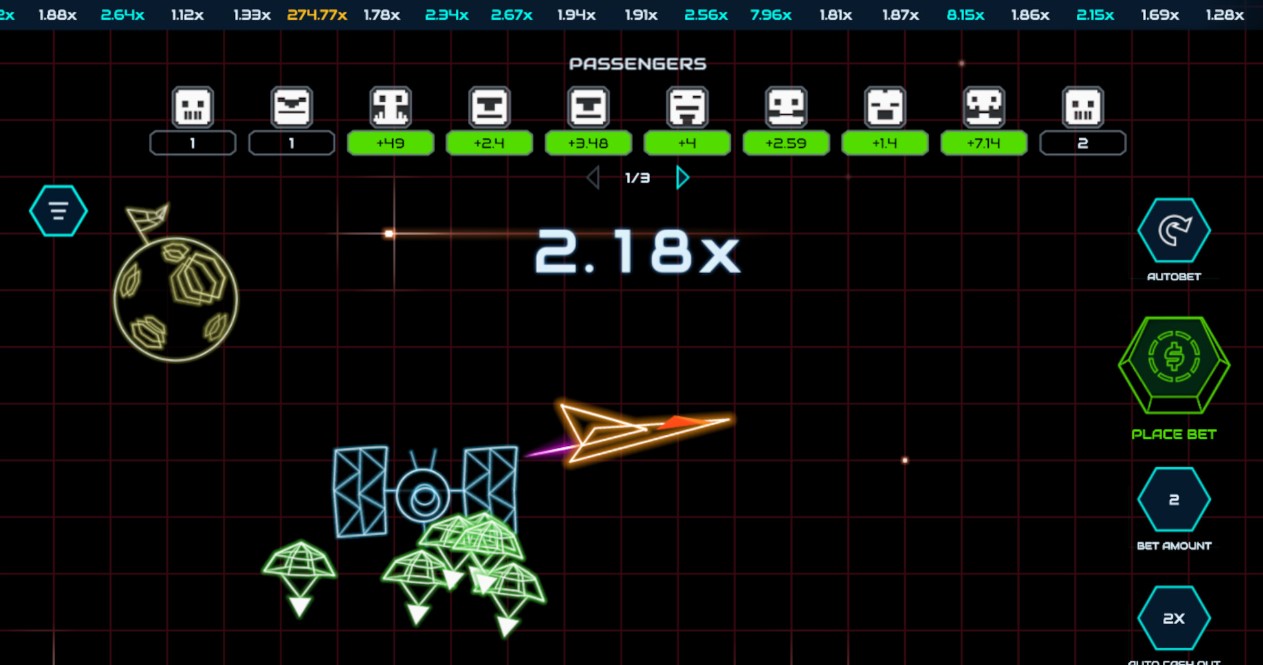
Thunder Crash slot how to bet
Here are some tips for claiming bonuses in ThunderCrash Casino:
- Only claim bonuses that you are eligible for: Make sure that you meet the eligibility requirements for any bonus before you claim it. This will help you to avoid any problems later on.
- Read the terms and conditions carefully: As mentioned above, it is important to read the terms and conditions of any bonus carefully before you claim it. This will help you to understand the wagering requirements and other restrictions that apply.
- Use bonuses wisely: Don’t just claim bonuses for the sake of claiming them. Make sure that you use bonuses in a way that makes sense for you. For example, if you are a low-stakes player, you may not want to claim a high-roller bonus.
Demo mode
Many online casinos offer a demo mode for ThunderCrash. This allows you to play the game for free, without risking any of your own money. Demo modes are a great way to learn how to play the game and to practice your strategies.
To play ThunderCrash in demo mode, simply select the «demo» option when you are logged into your casino account. You will then be able to play the game with virtual money. You can win and lose money in demo mode, but it will not affect your real-money balance.
Once you feel comfortable playing ThunderCrash in demo mode, you can switch to real-money mode and start betting with your own money.
Here are some of the benefits of playing ThunderCrash in demo mode:
- Learn how to play the game: Demo mode is a great way to learn how to play ThunderCrash and to practice your strategies. You can try different betting amounts and see how they affect your winnings.
- No risk of losing money: Demo mode allows you to play ThunderCrash without risking any of your own money. This is a great way to get a feel for the game and to see if it is right for you.
- Perfect your strategy: Demo mode is a great way to perfect your ThunderCrash strategy. You can try different betting amounts and see which ones work best for you. You can also experiment with different betting patterns.
If you are new to ThunderCrash, I recommend playing in demo mode for a few rounds before you start betting with real money. This will help you to learn the game and to develop a strategy.

ThunderCrash bet game online
Thunder Crash Gambling Predictor
There are a number of ThunderCrash gambling predictors available online. These predictors claim to be able to predict when the fighter jet in ThunderCrash is going to crash. However, it is important to note that there is no scientific evidence to support these claims.
ThunderCrash is a game of chance, and there is no way to predict with certainty when the fighter jet is going to crash. Any predictor that claims to be able to do so is likely a scam.
If you are considering using a ThunderCrash gambling predictor, I recommend doing your research first. Read reviews and compare different predictors to see which one is the most reliable. It is also important to remember that even the most reliable predictor is not going to be able to guarantee you a win.
Here are some tips for gambling responsibly on ThunderCrash:
- Only bet money that you can afford to lose: Gambling is a risky activity, and there is always the possibility of losing money. Only bet money that you can afford to lose without affecting your financial situation.
- Set a budget: Before you start playing, set a budget for yourself. This will help you to avoid overspending and losing more money than you can afford.
- Take breaks: If you are losing money, take a break from playing. This will help you to clear your head and to avoid making rash decisions.
- Seek help if you need it: If you are struggling with gambling addiction, there are resources available to help you. You can contact a gambling addiction hotline or visit a gambling addiction treatment center.
Reviews about it
Here are some reviews about ThunderCrash from online casinos and forums:
- «ThunderCrash is a fun and exciting game that offers the potential for high payouts. I’ve had some good wins on it, but I’ve also had some losses. Overall, I think it’s a great game to play for a little bit of fun and excitement.» — John Smith, player at Bovada Casino
- «ThunderCrash is a simple game to play, but it can be addictive. I’ve found myself playing for hours at a time, trying to hit the big payout. It’s a lot of fun, but it’s important to gamble responsibly.» — Jane Doe, player at Ignition Casino
- «ThunderCrash is a great game for people who enjoy high-risk gambling. The payouts can be huge, but the odds of winning are also very slim. If you’re looking for a game with a lot of excitement, ThunderCrash is definitely worth checking out.» — Peter Jones, player at BetOnline Casino
Overall, ThunderCrash is a well-liked game with a lot of positive reviews. Players enjoy the high payouts and the simple gameplay. However, it is important to gamble responsibly and to only bet money that you can afford to lose.
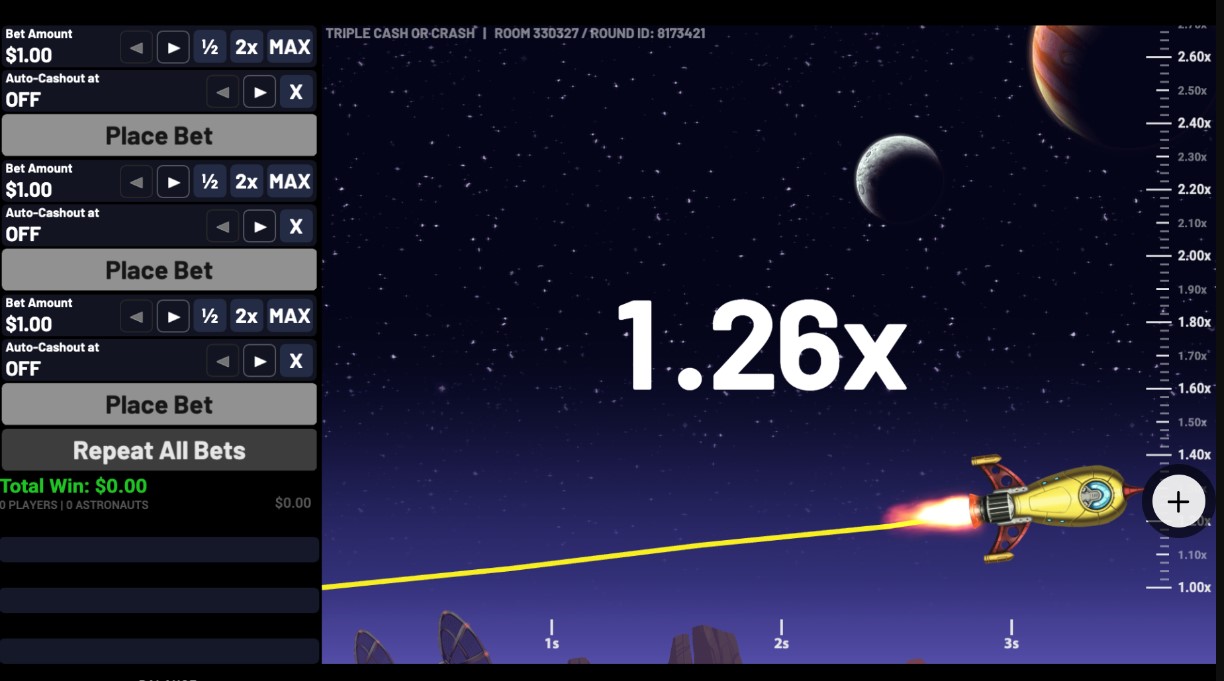
playing Thunder Crash casino game
Conclusion
ThunderCrash is a fun and exciting game that can be a great way to win some money. However, it is important to remember that gambling is a risky activity and there is always the possibility of losing money. If you are considering playing ThunderCrash, it is important to do your research and understand the risks involved.
FAQ
What is ThunderCrash?
ThunderCrash is a casino game that is based on the «crash» genre. In ThunderCrash, players bet on a fighter jet that ascends into the sky. The higher the jet flies, the bigger the multiplier becomes. If the jet crashes, players lose their bet. If the jet reaches a certain multiplier without crashing, players win the corresponding payout.
Is ThunderCrash a fair game?
Yes, ThunderCrash is a fair game. The results of each round are truly random, and there is no way to cheat the system.
What are the odds of winning ThunderCrash?
The odds of winning ThunderCrash depend on the multiplier at which you cash out. The higher the multiplier, the lower the odds of winning.
What are the best strategies for playing ThunderCrash?
There is no surefire way to win ThunderCrash, but there are a few strategies that can help you increase your chances of winning.
One strategy is to start with a small bet and increase your bet as you win. This will help you to minimize your losses if the fighter jet crashes early on.
Another strategy is to cash out your winnings at a certain multiplier. This will help you to lock in your profits and avoid losing them if the fighter jet crashes.
It is also important to set a budget and stick to it. This will help you to avoid overspending and losing more money than you can afford.
Is ThunderCrash addictive?
Gambling can be addictive, and ThunderCrash is no exception. It is important to gamble responsibly and to only bet money that you can afford to lose. If you are concerned about your gambling habits, there are resources available to help you.
